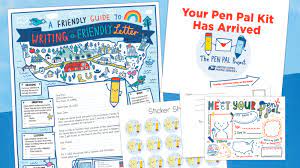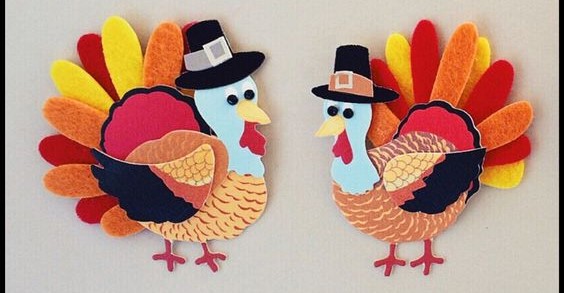Introduction
Persuasive writing is one of the most powerful tools in the world of communication. It aims to convince the reader or listener of a specific perspective by adopting a logical and coherent approach. Effective persuasive writing has the potential to change minds, endorse new ideas or sustain a specific point of view. Here are 35 strong persuasive writing examples that include speeches, essays, ads, and more.
1. Martin Luther King Jr.’s “I Have a Dream” speech
2. President Barack Obama’s farewell address
3. Abraham Lincoln’s Gettysburg Address
4. Emma Gonzalez’s speech at the March for Our Lives rally
5. Winston Churchill’s “We Shall Fight on the Beaches” speech
6. Jonathan Swift’s “A Modest Proposal”
7. “Letter from Birmingham Jail” by Martin Luther King Jr.
8. George Orwell’s essay “Politics and the English Language”
9. Virginia Woolf’s essay “A Room of One’s Own”
10. Rachel Carson’s essay “Silent Spring”
11. Nike’s “Just Do It” advertising campaign
12. Apple’s “Think Different” campaign
13. Coca-Cola’s “Share a Coke” campaign
14. Old Spice’s “The Man Your Man Could Smell Like” ad
15. Always’ #LikeAGirl ad campaign
16. Jane Austen’s Pride and Prejudice – The technique of dialogues and letters in discussing marriage proposals
17. Harper Lee’s To Kill a Mockingbird – Atticus Finch’s court defense
18. George Orwell’s Animal Farm – The persuasive rhetoric used by pigs as leaders
19. William Golding’s Lord of the Flies – Ralph’s persuasive leadership
20-31: Famous TED talks that showcase persuasive techniques:
20. Simon Sinek’s “How great leaders inspire action”
21. Chimamanda Ngozi Adichie’s “The danger of a single story”
22. Brene Brown’s “The power of vulnerability”
23. Sir Ken Robinson’s “Do schools kill creativity?”
24. Amy Cuddy’s “Your body language may shape who you are”
25. Jill Bolte Taylor’s “My stroke of insight”
26. Julian Treasure’s “How to speak so that people want to listen”
27. Kelly McGonigal’s “How to make stress your friend”
28. Elizabeth Gilbert’s “Your elusive creative genius”
29. Dan Pink’s “The puzzle of motivation”
30. Susan Cain’s “The power of introverts”
32-35: Persuasive writing examples in popular media:
32. Editorial/opinion pieces in newspapers or magazines
33. Movie or book reviews
34. Personal blogs and social media posts
35. Public service announcements (PSAs)
Conclusion
By examining these 35 strong persuasive writing examples, one can learn different techniques for effectively communicating a specific viewpoint or idea to readers or listeners from different spheres of life – speeches, essays, ads, books, personal writings, and public announcements. Engaging with these examples will help sharpen your own persuasive writing skills while having a greater understanding of the power behind effective communication.











